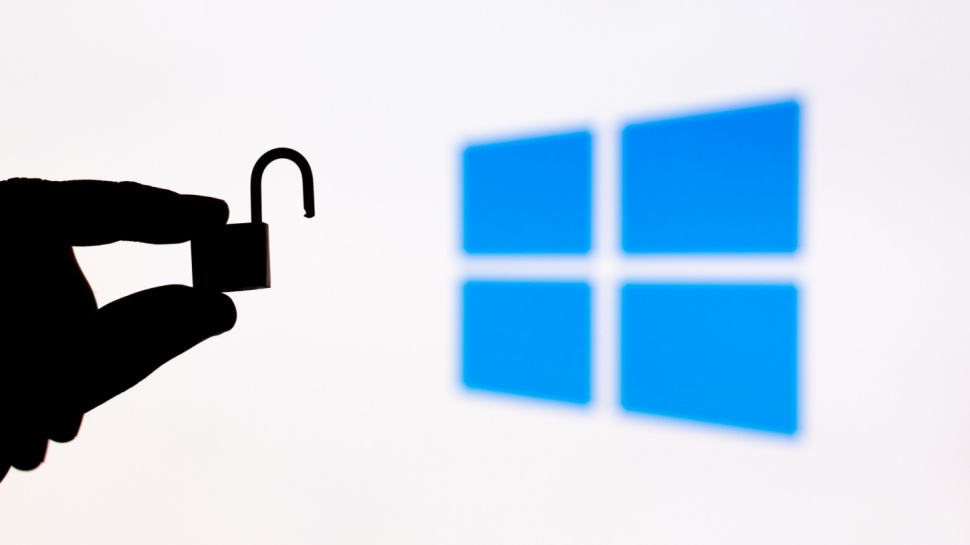
A version-rollback vulnerability has been discovered by a cybersecurity researcher that allows a fully patched Windows machine to be downgraded to older version, allowing the exploitation of previously patched zero-days and vulnerabilities.
Alon Leviev unveiled his findings at Black Hat USA 2024 and DEF CON 32 (2024) as a tool named Windows Downdate.
Leviev says the tool can be used to make “the term “fully patched” meaningless on any Windows machine in the world.”
Windows Downdate
Leviev started their journey with the aim of discovering a version-rollback exploit using Windows Update as a starting point. It turned out Windows Update had a significant flaw that allowed for a full takeover of the update process, including downgrading Windows versions.
By also exploiting access to critical OS components, including dynamic link libraries (DLLs), drivers, and NT kernel, Leviev was able to have the Windows machine report it was fully updated and unable to download any updates without having recovery and scanning tools detect anything out of the ordinary.
Leviev then also discovered the virtualization stack could be tampered with as well, allowing a number of previously secure applications to be exposed to previously patched privilege escalation vulnerabilities, with Credential Guard’s Isolated User Mode Process, Secure Kernel, and Hyper-V’s hypervisor all being suceptible.
Finally, Windows virtualization-based security was also disabled even when secured by UEFI locks. This allowed Leviev to also disable security features such as Credential Guard and Hypervisor-Protected Code integrity. According to Leviev’s knowledge, “this is the first time VBS’s UEFI locks have been bypassed without physical access.”
Leviev offers a number of suggestions to make operating systems less vulnerable to downgrade attacks, including:
- Researching and implementing security measures that check for and prevent the downgrade of critical OS components.
- Reviewing all design features as an attack surface, even old ones.
- Research in-the-wild-attacks to evaluate whether other components or areas are vulnerable to attack.
More from TechRadar Pro
- These are the best firewalls around today
- Check that email carefully — experts warn anti-phishing tools in Microsoft 365 can be easily bypassed
- Take a look at the best VPN with antivirus







